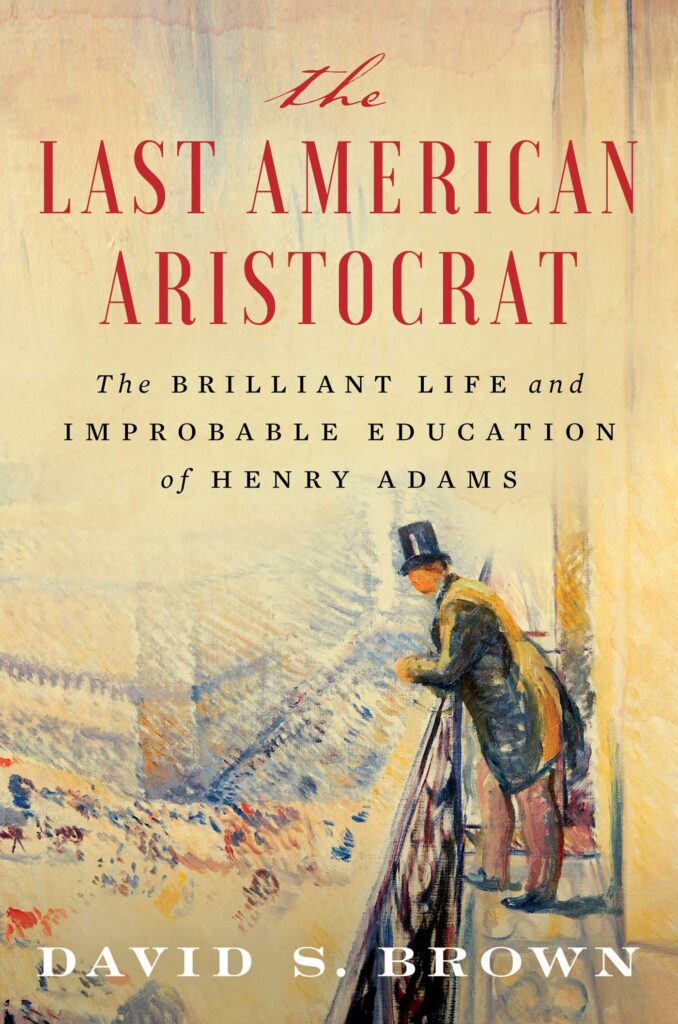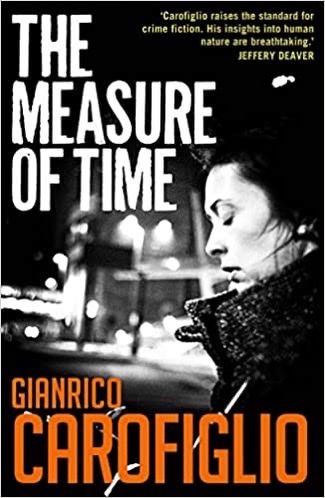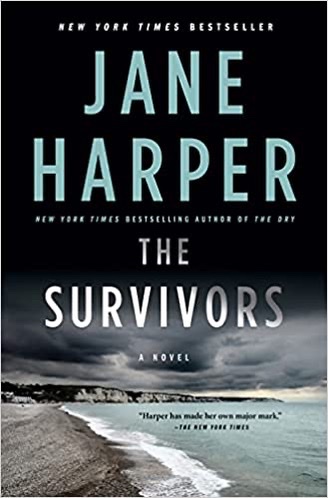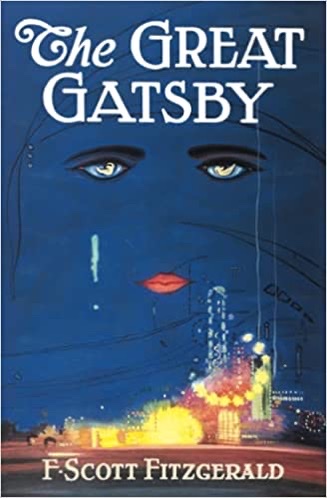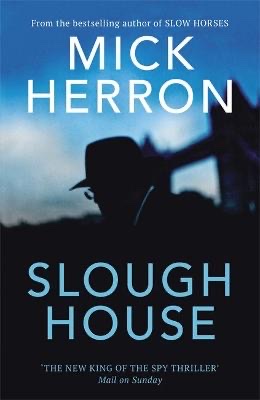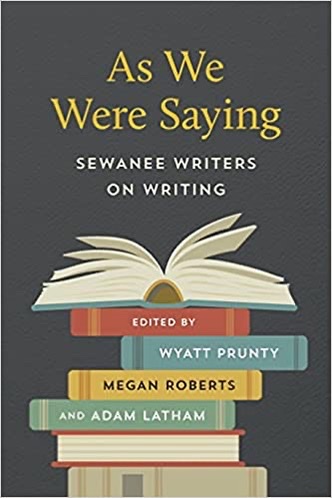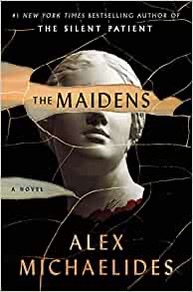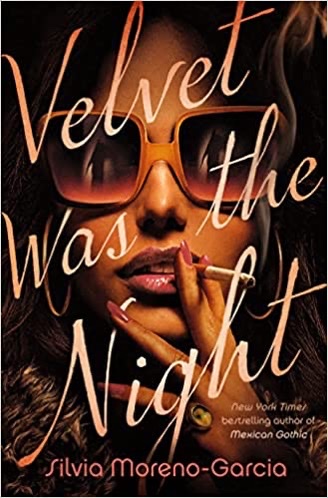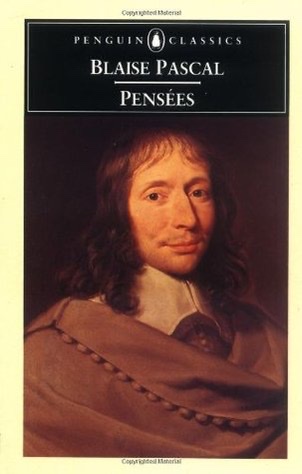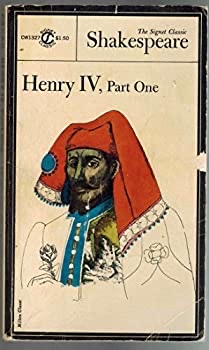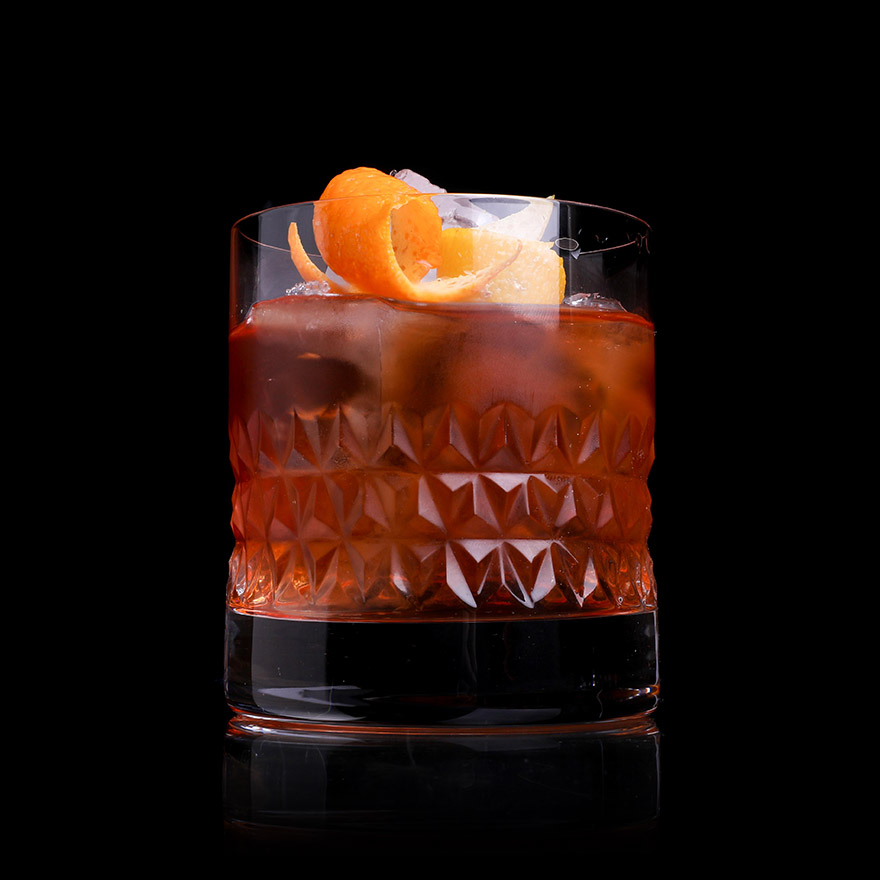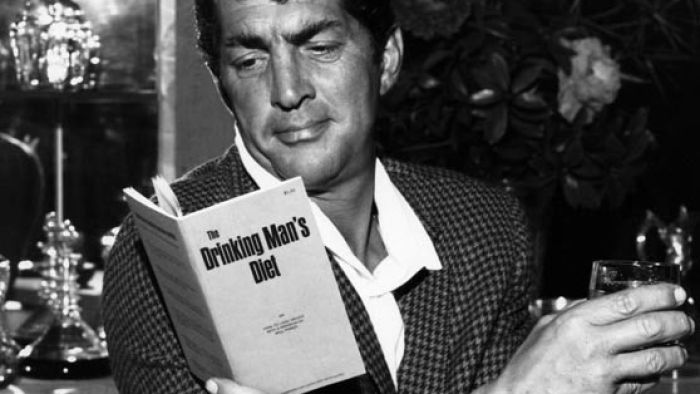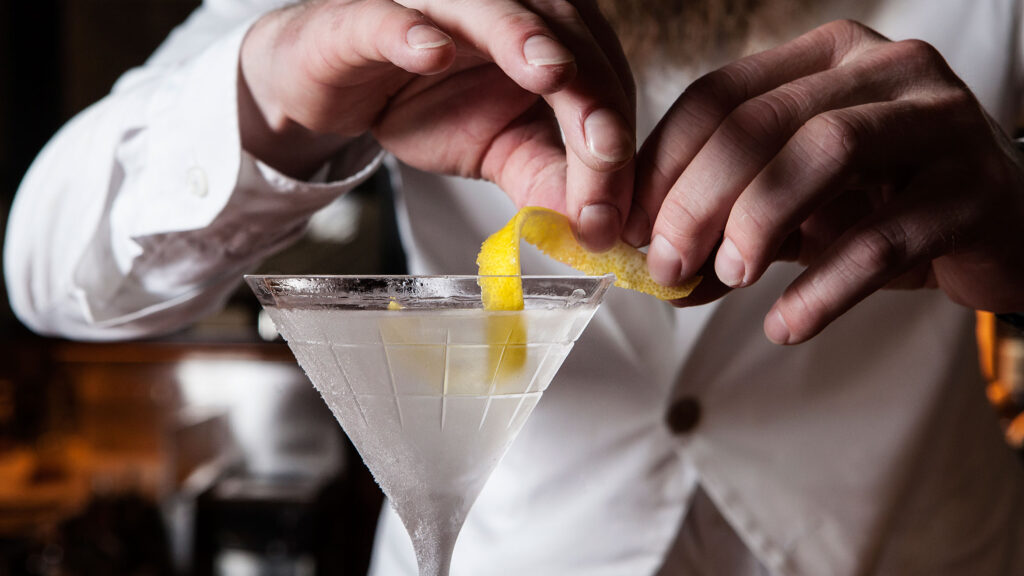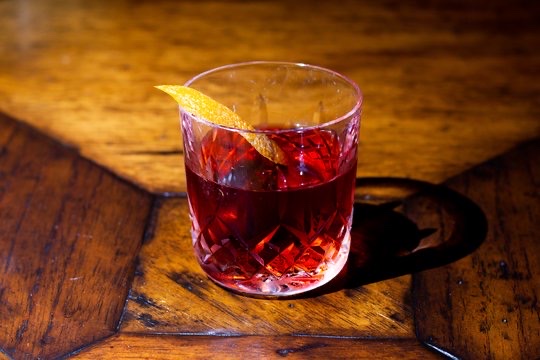New Year, Old Books, Cold Cocktails
Reading Time: 7 minutes.
The close of the year is traditionally a time for review and reconsideration. I will spare you the bulk of my review and reconsideration, but I set out below a list of the books I read and (some of) the cocktails I drank in 2021.
A List of Books
I have been skeptical when others have undertaken this enterprise. Listing your books seems vain (“I am important, so therefore it is important for other people to see what I am reading”) and unreliable (the temptation is to stuff the list with War and Peace-style bookshelf-groaners instead of oily-cover paperback beach reads).
On reconsideration, though, the downside seemed modest: I know that I am often vain, and others will judgme my reliability. And the upside seemed interesting: would anyone find insight, for themselves or even for me, in a list of titles?
Two administrative notes. First, I buy more books than I start. I start to read more books than I finish, which partially accounts for the brevity of this list. (If one of your New Year’s resolutions is to read more and, more importantly, to read better, I recommend the models for reading found at Farnam Street). Second, when I say “book,” I mean a physical object with paper pages and bound covers. I can be as vacuous before a screen as anyone else, but I read books, not screens.
The list is in alphabetical order by author’s last name.
David Baldacci, A Minute to Midnight — FBI thriller set mainly in Georgia.
John Banville, Snow — subversive treatment of the English country-house mystery. (“Subversive” may be too precious a word for White Collar Wire)
David S. Brown, The Last American Aristocrat: The Brilliant Life and Improbable Education of Henry Adams — the entire Adams family was very un-Tik Tok. Brown does a great job.
James Lee Burke, A Private Cathedral — another Dave Robicheaux novel. The platform should grow weary, but it doesn’t.
Gianrico Carofiglio, The Measure of Time — moody, bookish Italian crime writer, a former prosecutor with whom I was unfamiliar.
Jack Carr, The Devil’s Hand — military-CIA thriller by a former SEAL.
Jeffrey Fleishman, Last Dance — L.A. noir. Ballet story.
John Grisham, The Judge’s List — I just finished trial for the Alabama Judicial Inquiry Commission. Even without the trial, this story about a Florida judicial board investigator would have been compelling.
Jane Harper, The Survivors — key Australian crime fiction.
Matthew Hart, The Russian Pink — American politics, the international diamond trade, and double-crossing.
F. Scott Fitzgerald, The Great Gatsby — an unfair entry. I reread the book every two or three years. “Gatsby turned out all right at the end; it is what preyed on Gatsby, what foul dust floated in the wake his dreams that temporarily closed out my interest in the abortive sorrows and short-winded elations of men.” The great American novel of the twenty-first century. There, I said it.
Tana French, The Searcher — not a Dublin Murder Squad book. French brings her people (and the reader) just to the edge of the impossible otherworld, of magic and terror to be revealed if we just tug at the edge of the curtain.
Adam Grant, Think Again — I read few management books, but Grant— an organizational psychologist at Wharton— has sound insights about how we think (and thus act) at work. His demand that we “re-think,” for the most part, is refreshing.
Mick Herron, Slough House — black humor in the British secret services. Wonderful series.
Joe Lansdale, Moon Lake — part horror, part self-discovery, part crime story. Classic Lansdale.
Margot Livesay, The Hidden Machinery: Essays on Writing — of the writing of books about writing there shall be no end, but Livesay’s deep reading, decades of writing, and common-sense observations can help anyone.
Margot Livesay, “The Train Stops Here: The Optimism of Revision,” in Wyatt Prunty, Megan Roberts, and Adam Latham, eds., As We Were Saying: Sewanee Writers on Writing — this is an essay, not a whole book, but anything Livesay writes about writing is useful. (Disclaimer: not only is Wyatt Prunty a great postwar American poet, he is a friend and mentor).
Alex Michaelides, The Maidens — I love novels about secret societies on college campuses. This fits the bill, with a tremendous twist. Plus, the secret society is all young women.
Silvia Moreno-Garcia, Velvet Was The Night — Mexico City 1970s noir. Political violence and engaging misfits.
Blaise Pascal, Pensees — the Genius of Auvergne is a bit of a cheat on this list. I keep him around and read bits. But, I really did read the entire thing. We could all do with a bit more Jansenism. Been a fan ever since I was on an exchange program in France and my high school was called “Lyceee Blaise Pascal.”
Wyatt Prunty, “Rationed Compassion: Philip Larkin and Richard Wilbur,” in Wyatt Prunty, Megan Roberts, and Adam Latham, eds., As We Were Saying: Sewanee Writers on Writing — see the note above. I took Post-War American Poetry from Wyatt in the Spring of 1983. First time I had a clue about it.
Jed Rakoff, Why the Innocent Plead Guilty and the Guilty Go Free (And Other Paradoxes of Our Broken Legal System) — Judge Rakoff is not the kind of person with whom one agrees 100% about all topics, but he is fearless, incisive, and suffers no fools. He punctures some of the most significant illusions (or delusions) in the American criminal justice system.
William Shakespeare, Henry IV Part 1 — Hal and Falstaff. Feckless prince coming to the patriotic maturity of the crown (“I know you all, and will awhile uphold/The unyoked humor of your idleness./Yet herein will I imitate the sun . . . .”). Falstaff’s soliloquy on the pliability of his honor (“What is honor? A word.”). Hal’s useful jab at your thick-headed cocktail companions (“Thou art so fat-witted with drinking of old sack . . . .”)
David Swinson, City on the Edge — Mideast politics, murder, and an American boy’s coming-of-age story in Lebanon in the 1970s.
Sarah Stewart Taylor, A Distant Grave — Irish American murder mystery. Long Island and the old country.
Giorgio Vasari, “Fra Angelico” and “Michelangelo,” in Lives of the Artists — another cheat. Just two essays from the book, but they are wonderful. The casual observer, which I am, forgets the powerful daily incidents of the greatest western artists.
Christopher Vogler, The Writer’s Journey — “story” as Joseph Campbell-driven archetype. Proves too much, sometimes, but useful.
Any thoughts appreciated, dear reader, on what this list means.
A List of Cocktails
Faithful readers will recall our earlier cocktail discussions. The following cocktails are several that stood out for me this year. The specs come from Death & Company, Modern Classic Cocktails; Robert Simonson, The Martini Cocktail; and Day, Fauchald, and Caplan, The Cocktail Codex.
The Conference (modified from Death & Co) (Brian Miller)
1/2 oz Rittenhouse 100 rye 1/2 oz Elijah Craig bourbon 1/2 oz calvados (or Laird’s apple brandy) 1/2 oz cognac (Hine or Courvoisier) 1 tsp demerara syrup 2 dashes Angostura bitters 1 dash Bittermens Xocolatl mole bitters garnish: 1 lemon twist and 1 orange twist
Stir all the ingredients over ice, then strain into a double rocks glass over one large ice cube. Garnish with the lemon and orange twists.
Oaxaca Old-Fashioned (modified from Death & Co) (Phil Ward)
1.5 oz El Tesoro [or any good quality] resposado tequila 1/2 oz Del Maguey San Luis del Rio [or any good quality] mezcal 1 tsp agave nectar 2 dashes Angostura bitters garnish: 1 orange twist
Stir all the ingredients over ice, then strain into a double rocks glass over one large ice cube. To garnish, flame the orange twist over the drink, then drop it in.
The Dean Martin (modified from The Cocktail Codex) (Devon Tarby and Alex Day)
1.75 oz Tanqueray gin 1/4 oz Clear Creek Douglas fir brandy 1/2 oz Dolin blanc vermouth 1/2 Noilly Prat dry vermouth 1 drop of salt solution
Stir all the ingredients over ice, then strain into a Nick & Nora glass. If possible, listen while Dean Martin sings Christmas carols.
The Grill House Martini (modified from The Martini Cocktail)
1.5 oz Plymouth gin 1.5 oz Tanqeray gin 1/4 oz Noilly Prat dry vermouth 1/4 oz Dolin blanc vermouth garnish: lemon twist
Stir all the ingredients over ice, then strain into a Nick & Nora glass. Express the lemon twist over the drink and drop it into the glass.
Fail-Safe (modified from Death & Co) (Scott Teague)
3/4 oz Perry’s Tot Navy-Strength Gin 3/4 oz Plymouth sloe gin 1/2 oz aperol 1/2 oz Pierre Fernand dry curaçao 2 dashes Angostura bitters
Stir all the ingredients over ice, then strain into a double rocks glass over one large ice cube. No garnish. Note: in this Negroni variation, you can substitute Plymouth navy strength gin if you cannot find Perry’s. For a bit lower proof, substitute Beefeaters. For a slightly sweeter drink, substitute capalletti for the aperol.
Happy reading and drinking New Year.


